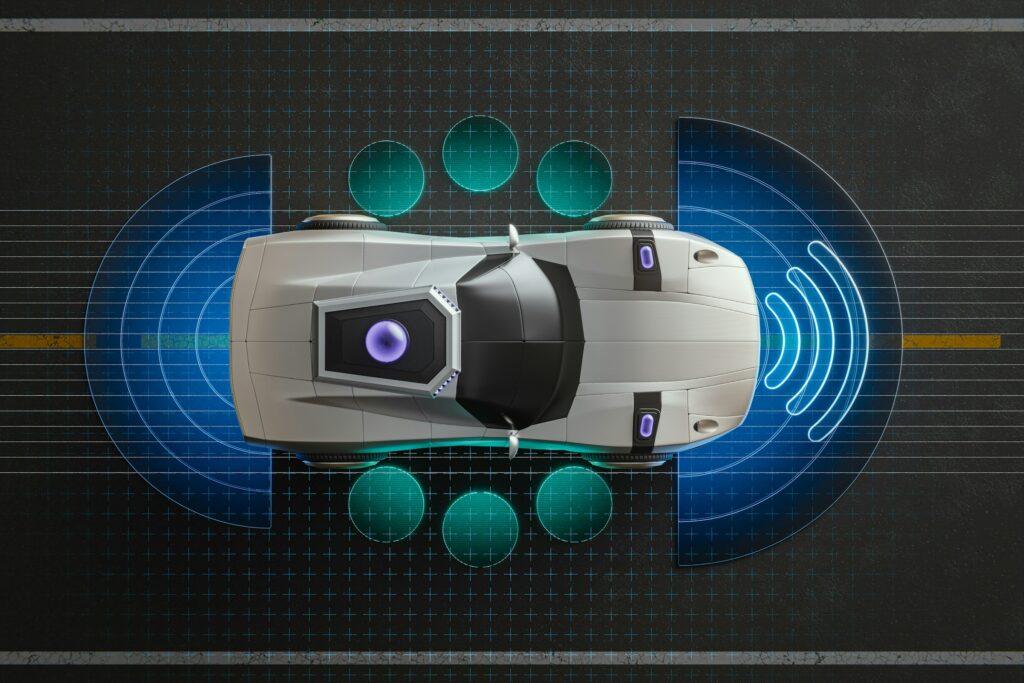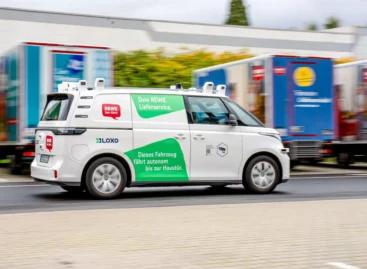This is what is missing to drive exclusively with self-driving vehicles
The emergence of autonomous vehicles has opened up a vision of a future in which human drivers will no longer be needed and only “self-driving” cars will be on the roads. But can this all be achieved, why are autonomous cars needed at all, and how could connected autonomous vehicles improve the efficiency of transportation? The head of the Systems and Control Theory Research Laboratory (SCL) of HUN-REN SZTAKI now explains how we should imagine all this.

Nine out of ten traffic accidents can be traced back to human factors: our slow reaction time, scattered attention or sudden, bad decisions can have fatal consequences. Computers, on the other hand, do not get tired, do not use their mobile phones while driving, and they also react faster and more accurately than humans. Autonomous vehicles can thus significantly improve traffic safety, but their development is also justified by other factors: they can shorten travel times and reduce fuel consumption, thereby reducing environmental impact.
However, a self-driving car alone is not enough for this, because the truly big breakthrough could be if these vehicles were in constant contact with each other and thought and acted together. In this way, instead of faulty human decisions, fast, coordinated reactions based on accurate information could be created on the roads.
This is how autonomous vehicles think together
The communication of self-driving cars is two-way: on the one hand, they detect their environment with various sensors (e.g. radars, cameras), and on the other hand, they continuously provide information to their environment, i.e. other cars. Traffic information can also be spread in two ways: in a centralized form, when each vehicle receives the data from a common system, and in a distributed way, when the vehicles share the information directly with each other, i.e. “talk to their neighbors”.
Imagine, for example, a situation where the vehicle in front of us suddenly brakes, and ours reacts immediately. If all cars in the vicinity received this information, they could slow down at the same time, thus preventing not only accidents but also the formation of traffic jams, thereby reducing unnecessary fuel or energy consumption by cars. By solving traffic situations like this and similar ones, autonomous vehicles can completely transform transportation – saving participants from a lot of everyday annoyances.
“This kind of shared thinking between cars can only take place if there are as many autonomous vehicles and as few unpredictable human drivers as possible involved in transportation,”
– explains Professor Péter Gáspár, head of the HUN-REN SZTAKI Systems and Control Theory Research Laboratory (SCL).
“However, this obviously does not mean that if everyone switched to self-driving cars tomorrow, we could travel faster without congestion.”
Related news
Rewe Tests Autonomous Delivery Vehicles in Bochum
🎧 Hallgasd a cikket: Lejátszás Szünet Folytatás Leállítás Nyelv: Auto…
Read more >Related news
Vegan scrambled eggs at 30,000 feet
🎧 Hallgasd a cikket: Lejátszás Szünet Folytatás Leállítás Nyelv: Auto…
Read more >The taste of luxury
🎧 Hallgasd a cikket: Lejátszás Szünet Folytatás Leállítás Nyelv: Auto…
Read more >Record-breaking Black Friday in online orders
🎧 Hallgasd a cikket: Lejátszás Szünet Folytatás Leállítás Nyelv: Auto…
Read more >





